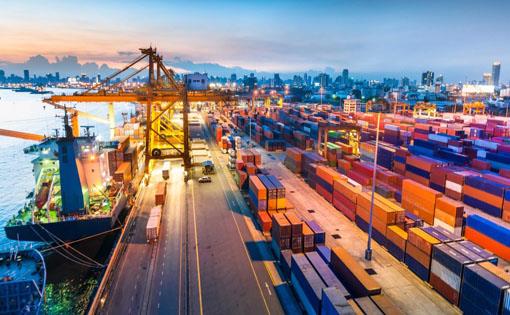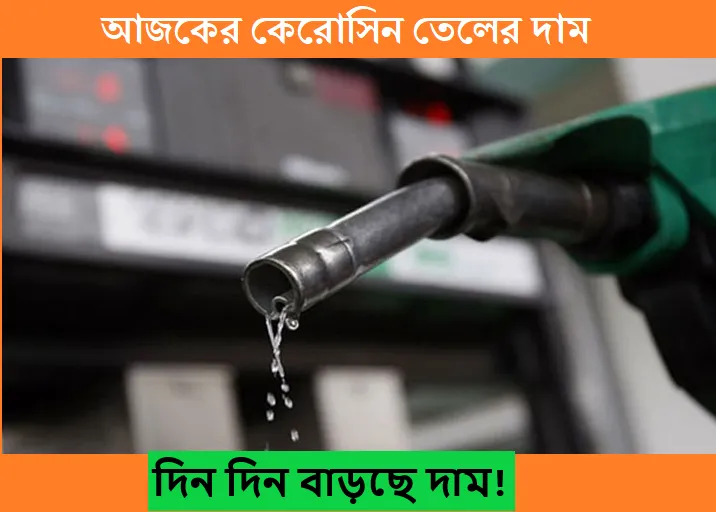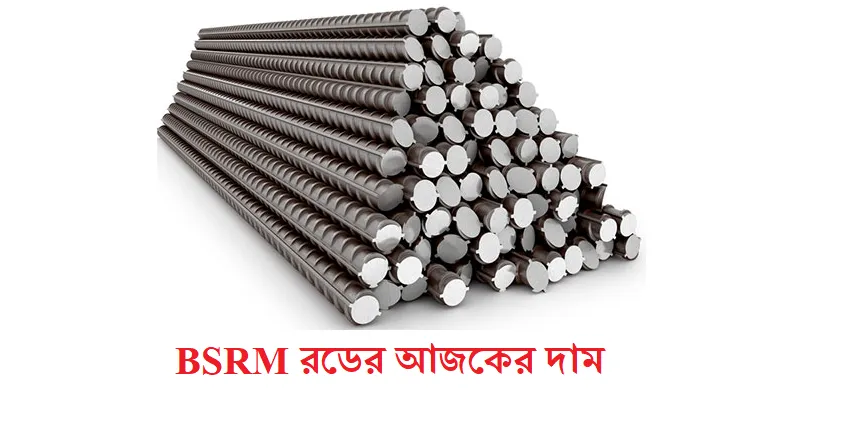In Bangladesh, the top 10 garments and textile companies are: 1. Square Textiles Ltd. 2.
Pacific Jeans Ltd. 3. Ananta Group. 4. DBL Group. 5. Epic Group. 6. Renaissance Group. 7. Fakir Group. 8. Hameem Group. 9. Noman Group. 10. Hamid Group. The garments and textile industry in Bangladesh has seen significant growth over the years, positioning the country as a major player in the global textile and apparel market.
With a strong manufacturing base and a skilled workforce, Bangladesh has attracted investments from both domestic and international companies. This has led to the emergence of several prominent textile and garment companies that have contributed to the industry’s success. We will explore the top 10 garments and textile industry players in Bangladesh and delve into their contributions to the sector’s growth and development.

Credit: www.fibre2fashion.com
The Rise Of Bangladesh Garments And Textile Industry
The garments and textile industry in Bangladesh has emerged as one of the leading sectors, contributing significantly to the country’s economic growth and providing employment opportunities to a large number of people. Let’s delve into the historical background of the industry, its impact on Bangladesh’s economy, and the key milestones and growth factors that have propelled its success.
Historical Background Of The Industry
The garments and textile industry in Bangladesh can be traced back to the late 1970s when the country first started exporting ready-made garments. This marked the beginning of a transformational journey that would eventually establish Bangladesh as a prominent player in the global apparel market. The industry initially gained momentum due to factors such as low labor costs, abundant workforce, and favorable government policies that encouraged foreign investment.
Impact Of Industry On Bangladesh’s Economy
The garments and textile industry has played a pivotal role in shaping Bangladesh’s economy. It has significantly contributed to export earnings, becoming the primary source of foreign exchange for the country. The industry’s success has led to the creation of millions of jobs, particularly for women, empowering them economically and socially. Furthermore, the sector has attracted significant investments, fueling infrastructure development and technological advancements in the country.
Key Milestones And Growth Factors
The growth of Bangladesh’s garments and textile industry can be attributed to several key milestones and growth factors. The country’s proactive approach in establishing special economic zones, promoting sustainable practices, and enhancing labor standards has bolstered its competitiveness in the global market. Additionally, the industry has benefitted from strategic partnerships with international retailers and brands, enabling Bangladesh to diversify its product offerings and expand its market reach. Furthermore, advancements in technology and innovation have played a crucial role in driving efficiency and productivity within the industry.
Top Garment Manufacturers In Bangladesh
Bangladesh is renowned for its thriving garment and textile industry, which plays a pivotal role in the country’s economy. The country is home to numerous top garment manufacturers that have carved a niche for themselves through innovation, sustainability efforts, technological advancements, and global presence. Let’s delve into the top garment manufacturers in Bangladesh and explore their remarkable contributions to the industry.
Company A: Innovations, Sustainability Efforts, Market Share
Company A has been at the forefront of innovations in the garment industry, leveraging cutting-edge technologies to streamline production processes and enhance product quality. Moreover, the company has made substantial strides in sustainability, implementing eco-friendly practices throughout its manufacturing operations. With a strong focus on ethical sourcing and environmentally friendly production methods, Company A has secured a significant market share, positioning itself as a leader in the industry.
Company B: Technological Advancements, Export Partners, Csr Initiatives
With a relentless pursuit of technological advancements, Company B has revolutionized the garment manufacturing landscape in Bangladesh. The company has forged strategic partnerships with prominent global export partners, expanding its reach and amplifying its impact on the international market. Furthermore, Company B has demonstrated a steadfast commitment to corporate social responsibility (CSR), spearheading initiatives that empower local communities and promote sustainable development.
Company C: Unique Selling Points, Workforce Development, Global Presence
Company C distinguishes itself through compelling unique selling points, catering to diverse consumer needs and preferences. The company places a strong emphasis on workforce development, nurturing talent and fostering a culture of continuous learning and improvement. With a robust global presence, Company C has adeptly navigated international markets, establishing a strong foothold while prioritizing excellence and innovation in its operations.
Textile Industry Landscape In Bangladesh
Bangladesh has emerged as a major player in the global textile industry, being one of the largest garment and textile exporters in the world. The country’s textile industry has been a significant contributor to its economic growth and has played a pivotal role in providing employment opportunities to millions of people. With its competitive labor costs and a favorable business environment, Bangladesh has attracted numerous investors and key players in the textile manufacturing sector. Moreover, the industry has embraced technological advancements and sustainable practices to ensure its position as a frontrunner in the global market.
Role Of Textiles In The Global Market
Bangladesh’s textile industry has played a crucial role in shaping the global garment and textile market. The country has been a preferred sourcing destination for many international brands and retailers due to its cost-effective production capabilities and strong commitment to meeting global demand for high-quality textiles. With a significant share in the global textile and apparel market, Bangladesh continues to solidify its position as a leading supplier to major economies such as the United States and Europe.
Key Players In The Textile Manufacturing Sector
- 1. Ha-Meem Group: A renowned name in the textile industry, the group has multiple factories focusing on knitwear, woven garments, and textile chemicals.
- 2. Square Textiles: It is one of the leading vertically integrated textile companies in Bangladesh, producing cotton yarn, fabric, and home textiles.
- 3. Pioneer Knitwear Ltd.: This company specializes in producing knit garments and has made a mark on the global stage.
Technological Advancements And Sustainable Practices In Textile Production
The textile industry in Bangladesh has undergone significant technological advancements to improve its production processes and enhance efficiency. Moreover, the industry has embraced sustainable practices to minimize its environmental impact. From water-saving techniques to the adoption of renewable energy sources, the textile sector in Bangladesh has made significant strides in ensuring sustainable and ethical production practices. This commitment to sustainability has not only boosted the reputation of Bangladeshi textiles in the global market but has also contributed to the industry’s long-term viability and success.
Challenges And Opportunities
The garments and textile industry in Bangladesh faces a myriad of challenges and opportunities that shape its growth and sustainability. Understanding these factors can provide valuable insights into the future of the industry and its potential for advancement.
Challenges Faced By The Garments And Textile Industry In Bangladesh
The challenges encountered by the garments and textile industry in Bangladesh encompass issues related to labor rights, safety regulations, and ethical concerns.
Labor Rights, Safety Regulations, And Ethical Concerns
- Labor rights violations disrupt the ethical manufacturing processes in the industry.
- Safety regulations need to be strictly implemented to ensure the well-being of the workers.
- Ethical concerns, including fair wages and working conditions, are imperative for sustainable growth.
Opportunities For Growth And Innovation
The industry also presents significant opportunities for growth and innovation through emerging markets, diversification of product offerings, and sustainable practices.
Emerging Markets, Diversification Of Product Offerings, And Sustainable Practices
- Exploring emerging markets can open up new avenues for expansion and market penetration.
- Diversifying product offerings enables the industry to cater to a wider consumer base and diversify revenue streams.
- Integrating sustainable practices into the production processes can enhance the industry’s environmental responsibility and appeal to eco-conscious consumers.
Adapting To The Changing Market Trends
The garments and textile industry in Bangladesh has always been at the forefront of adapting to the changing market trends. As consumer preferences and global demands continue to shift, the industry has evolved to embrace new practices and technologies to remain competitive in the international market.
Shift Towards Sustainable And Eco-friendly Practices
In response to growing environmental concerns and conscious consumerism, the Bangladeshi garments and textile industry has made significant strides in adopting sustainable and eco-friendly practices. From implementing eco-friendly dyes and fabrics to introducing ethical production processes, the industry has recognized the importance of minimizing its environmental impact.
Digital Transformation And E-commerce Trends In The Industry
The digital transformation has revolutionized the way businesses operate, and the garments and textile industry in Bangladesh is no exception. Embracing e-commerce platforms and digital marketing strategies have become imperative for reaching a wider consumer base and optimizing sales channels.
Future Prospects And Global Impact
The garment and textile industry in Bangladesh has witnessed remarkable growth over the years, positioning itself as a key player in the global market. As we delve into the future prospects and global impact of this thriving industry, it’s essential to analyze Bangladesh’s position in the global textile and garment industry, potential challenges and strategies for future growth, and the industry’s impact on global fashion and consumer trends. Let’s explore these aspects in detail.
Bangladesh’s Position In The Global Textile And Garment Industry
Bangladesh has carved a significant niche in the global textile and garment industry, earning its reputation as one of the largest apparel exporters worldwide. The country has efficient production capabilities, competitive labor costs, and an established presence in international markets, all of which have contributed to its pivotal role in the industry. Bangladesh’s strategic geographical location, close proximity to major consumer markets, and continued investments in infrastructure and technology further enhance its standing in the global textile and garment landscape.
Potential Challenges And Strategies For Future Growth
While Bangladesh’s garment and textile industry has scaled immense heights, it faces potential challenges that require strategic foresight to ensure sustained growth. Issues such as labor rights, environmental sustainability, and global market volatility pose significant obstacles. However, the industry has been proactive in addressing these challenges, implementing ethical sourcing practices, adopting eco-friendly production processes, and diversifying its product range. By prioritizing innovation, sustainability, and compliance, the industry is poised to overcome these challenges and consolidate its position in the global market.
The Industry’s Impact On Global Fashion And Consumer Trends
Bangladesh’s garment and textile industry significantly influences global fashion and consumer trends. The country’s manufacturing prowess, coupled with its ability to cater to diverse consumer preferences, shapes the fashion landscape on a global scale. The industry’s agility in producing high-quality, trend-responsive apparel at competitive prices directly impacts consumer choices and buying behavior worldwide. As sustainability and ethical sourcing gain prominence, Bangladesh’s industry demonstrates its commitment to driving positive changes in global fashion and consumer trends.
Frequently Asked Questions Of Top 10 Garments And Textile Industry In Bangladesh
What Is The Significance Of The Garment Industry In Bangladesh?
The garment industry is vital to Bangladesh’s economy, contributing significantly to the country’s GDP and employment. With its large export market and low production costs, it plays a crucial role in the global textile supply chain.
How Has Bangladesh Emerged As A Key Player In The Textile Industry?
Bangladesh’s strategic location, competitive labor costs, and government support have propelled it to become a leading player in the global textile industry. The country’s focus on sustainable practices and ethical production has also enhanced its reputation.
What Are The Key Challenges Faced By The Garments And Textile Industry In Bangladesh?
Challenges include worker safety concerns, labor rights issues, and environmental sustainability. The industry is constantly striving to address these challenges through improved regulations, compliance measures, and ethical sourcing practices.
Conclusion
The garment and textile industry in Bangladesh continues to be a key player in the global market, offering quality products at competitive prices. With a strong workforce and a focus on sustainable practices, Bangladesh has established itself as a reliable source for garments and textiles.
The industry’s growth and potential for further expansion make it a crucial sector for the country’s economic development.





